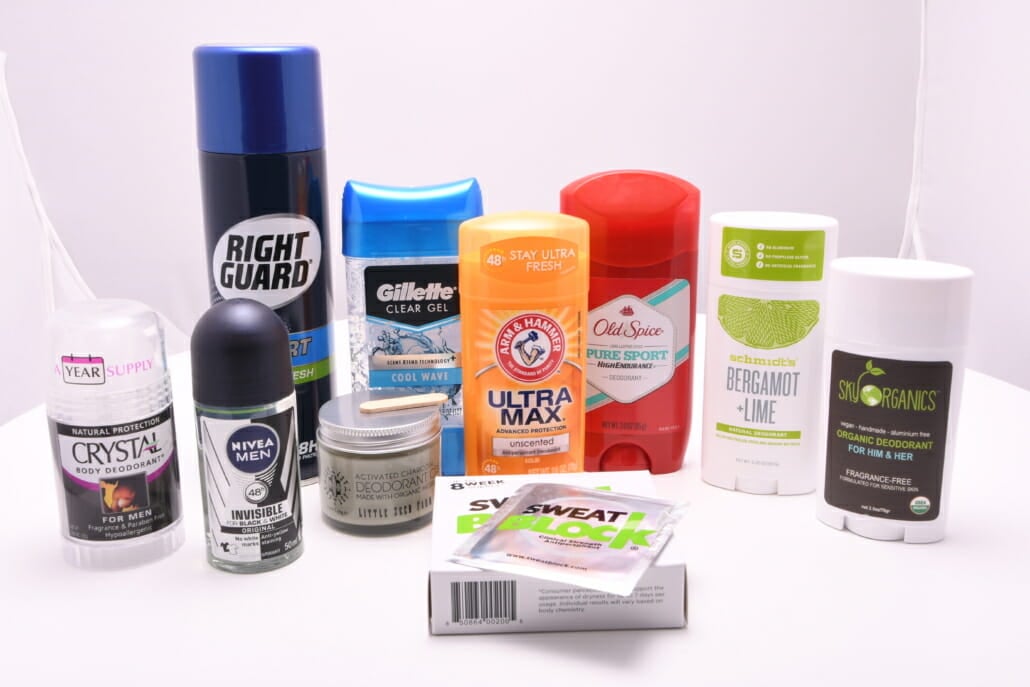
Various types of deodorants and antiperspirants.
Dealing with perspiration is part of the human condition. When considering the underarms, deodorant and antiperspirant are the common solutions–but what goes into these products, how do they work, and what other considerations should you have?

Various types of deodorants and antiperspirants.
Prior to the 19th century, before regular bathing became commonplace, people used heavy colognes to mask body odors. The earliest manufacturers of deodorants and antiperspirants experimented with pastes and creams, though these were often difficult to apply. Mass-produced aluminum-based products came about in the late 19th century; the first commercial deodorant, Mum (now better known as Ban) debuted in 1888, and the antiperspirant Everdry followed in 1903, with its modern formula engineered in 1941. The market for deodorants exploded in the 1940s and ‘50s; deodorants were originally marketed primarily to women, but according to contemporary reporting by the New York Times, roughly half of men in the U.S. were using deodorants by 1957.
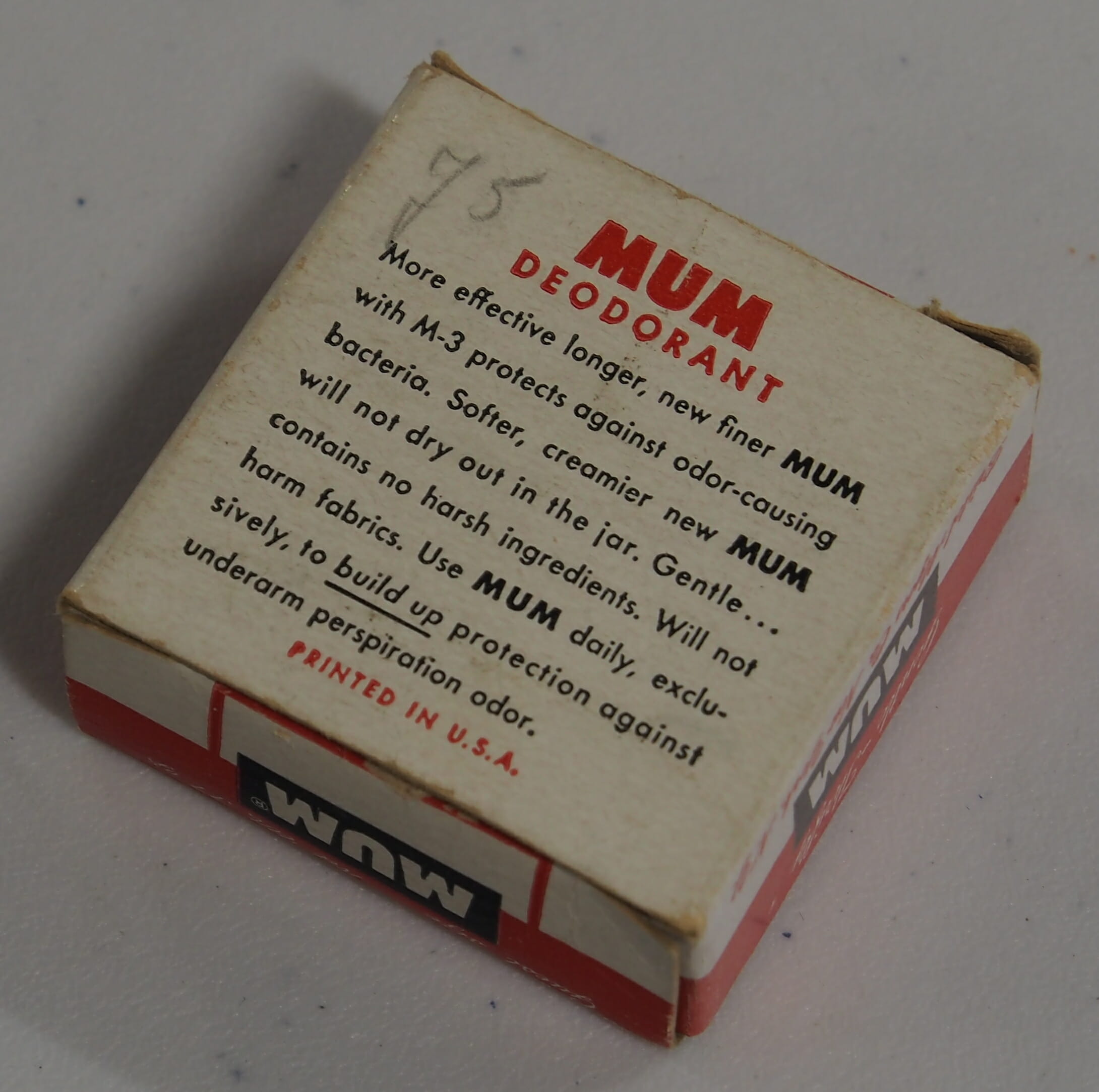
The back of a vintage package of Mum deodorant, explaining its uses.
In the early 1960s, the first aerosol antiperspirant in the marketplace was Gillette’s Right Guard, and the popularity of aerosol deodorants and antiperspirants continued to grow through the 1970s. However, aerosols would wane in popularity beginning in the late ‘70s, due to an FDA ban on the active ingredients used, aluminum zirconium chemicals, and a mandate by the U.S. Environmental Protection Agency (EPA) limiting the use of certain propellants; these actions were taken to address inhalation concerns and depletion of the ozone layer, respectively. As a result, solid stick deodorants would become the dominant choice in America in the 1980s, and remain so today, while other methods would remain popular elsewhere around the world.
Deodorants and antiperspirants come in a variety of forms and formulas:

A typical example of solid-stick deodorant, from Old Spice.






Perspiration (or more simply, sweating) allows the body to regulate its temperature; sweat glands–of which the average person has between two and four million–secrete sweat to the surface of the skin, which then evaporates, cooling the body. Sweat is not pure water; it always contains small amounts (0.2–1%) of minerals including sodium, potassium, calcium, and magnesium as well as natural fluids like lactic acid and urea.
There are two situations in which the nerves will stimulate the sweat glands: physical heat and emotional stress. In general, emotionally induced sweating is restricted to palms, soles, armpits, and sometimes the forehead (though other areas including the trunk may be affected), while physical heat-induced sweating occurs throughout the body. Furthermore, humans have two distinct types of sweat glands: eccrine glands, which represent the majority of sweat glands across the body, and apocrine glands, which are principally located in key areas (including the underarms, nipples, ears, eyes, nose, and genital regions).
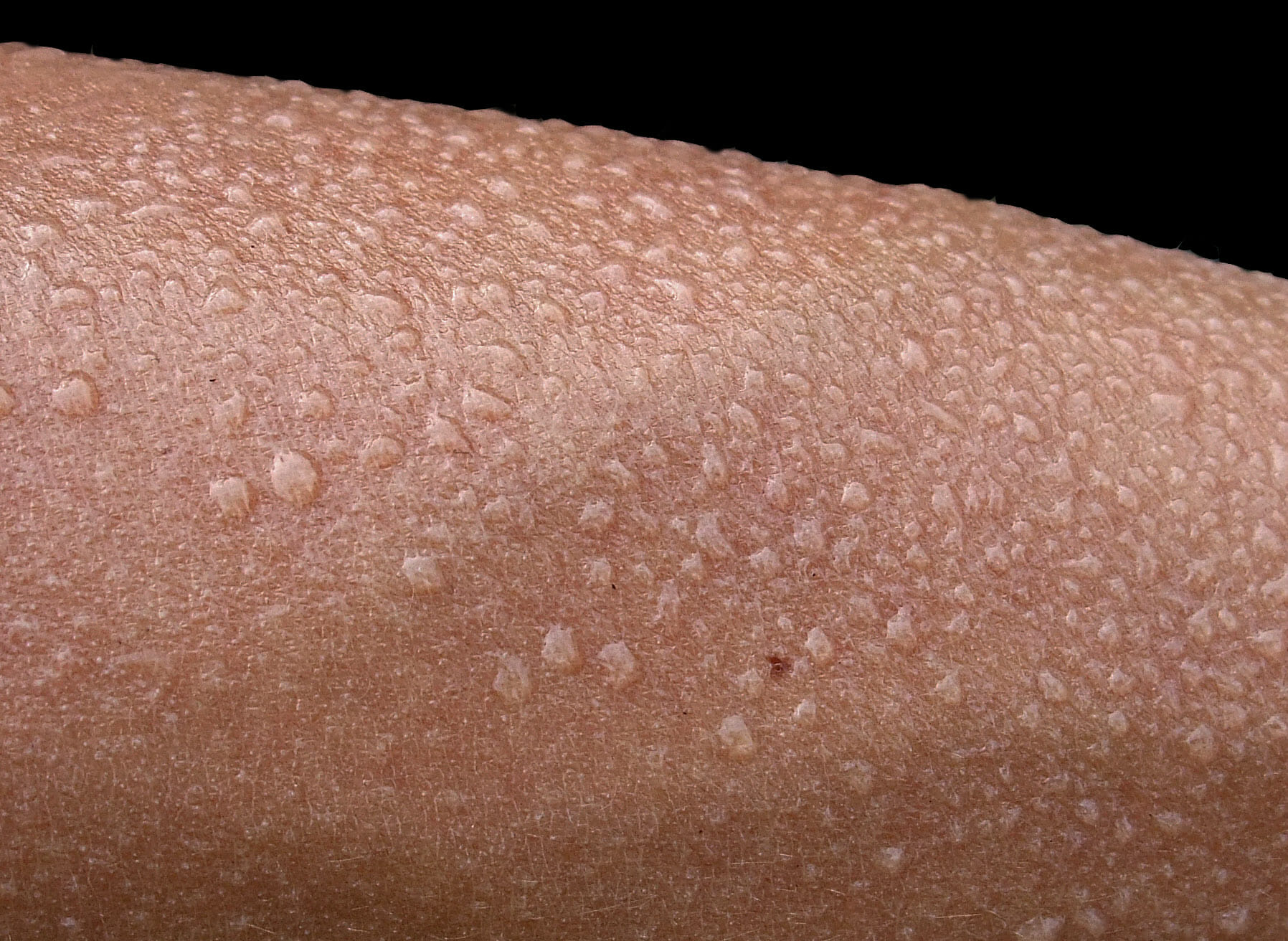
A close-up of eccrine perspiration on a forearm, presumably from heat or activity.
The eccrine glands produce the watery perspiration described above, and function primarily due to heat or activity. Because all humans have various cultures of bacteria on the surface of the skin, and because these cultures are particularly fond of damp areas, any odor resulting from eccrine sweat is primarily due to bacteria congregating, metabolizing the sweat, and decomposing on the skin. Meanwhile, the apocrine glands play the principal role in emotional sweating (as they are triggered by adrenaline), and secrete an oily, odorous compound that acts as a pheromone, territorial marker, and warning signal.
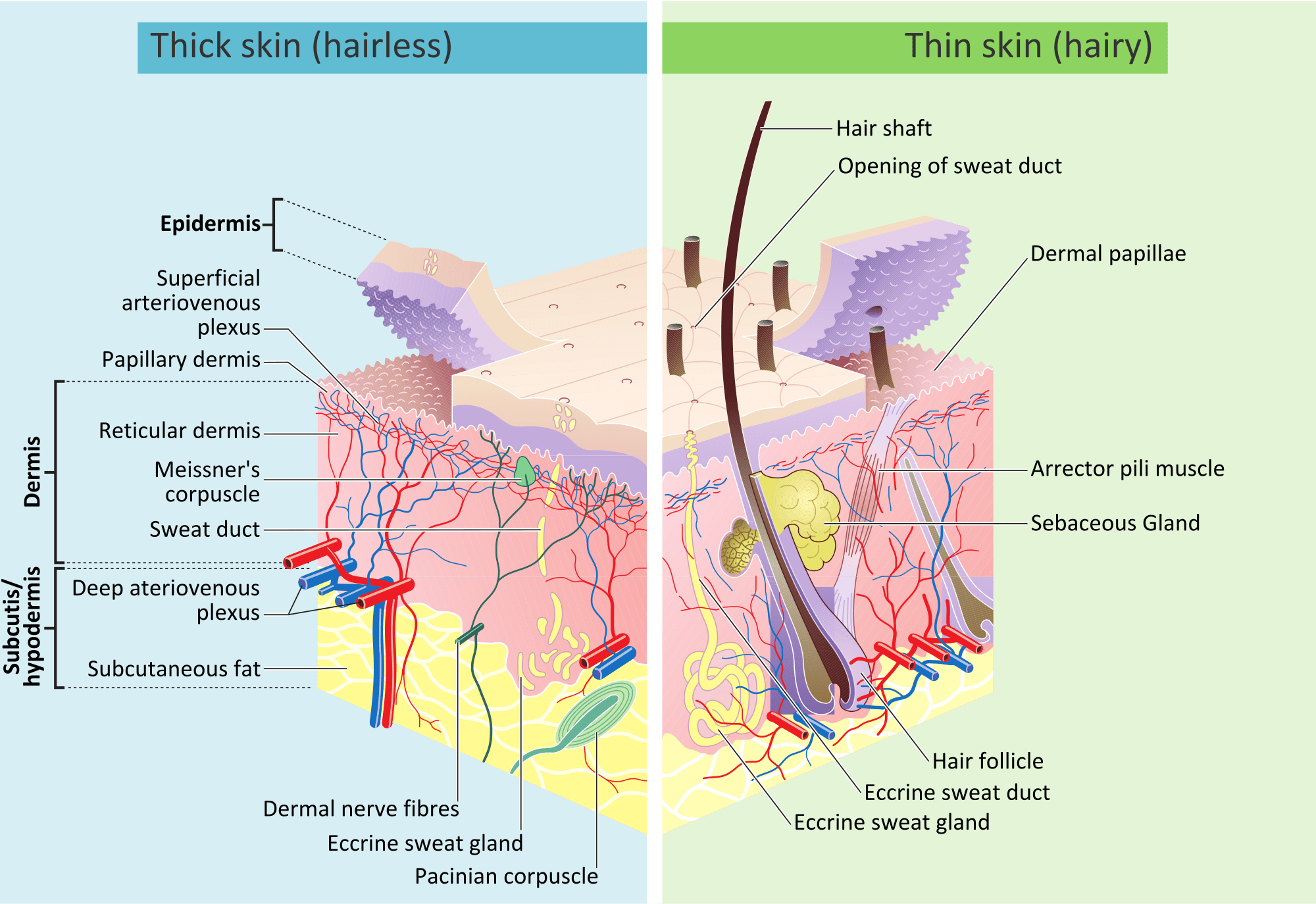
A simplified anatomical diagram of the skin, showing the location of the eccrine sweat glands, as well as the exterior pores.
The quantity of sweat secreted depends on the individual, and is determined by many factors, including gender, genetics, environmental conditions, age, and fitness level (including body weight). There are some differences in men’s and women’s sweat glands; women have more individual glands, but each gland on men’s bodies produces more sweat. For people who suffer from excessive perspiration, such as those with the condition known as hyperhidrosis, the apocrine glands may be more active, and thus odor may be a greater concern. Additionally, there is a genetic component to whether your underarm bacteria will produce odor; the specific makeup of the ABCC11 gene determines the degree to which apocrine sweat will produce an odor. In particular, those of East Asian origin are much less likely to produce odorous sweat, whereas only 2 percent of Europeans can say the same.
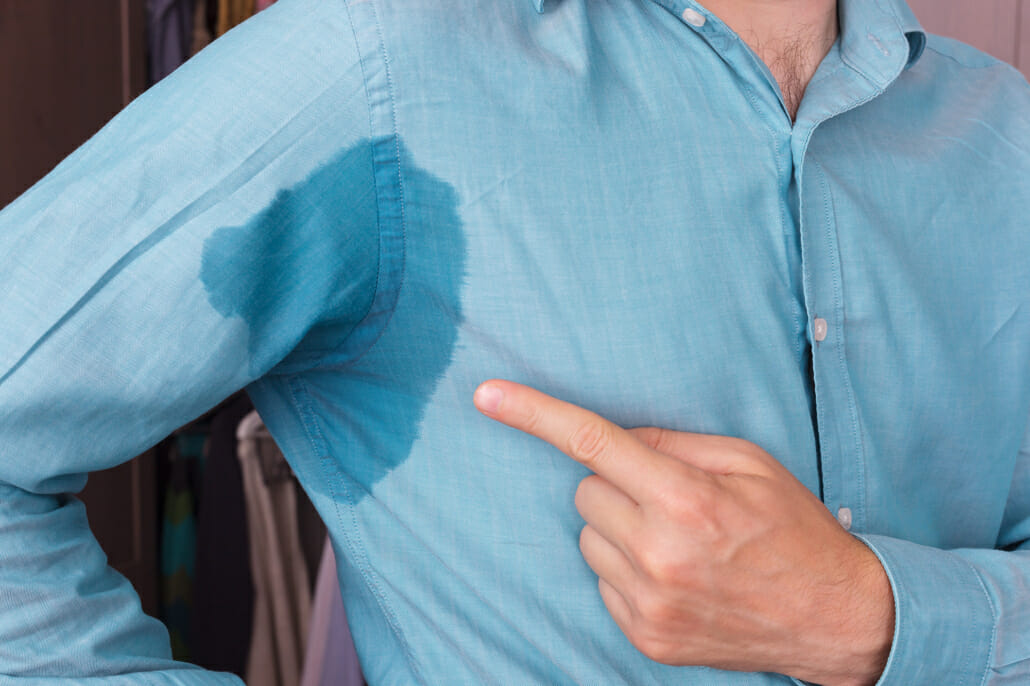
Sufferers of hyperhidrosis must often deal with both excessive sweating and the awkward social ramifications that result.
These two issues, then–perspiration and body odor–are closely intertwined while remaining distinct. As such, there is a specific remedy for each, though these remedies are also often grouped together in the minds of consumers. In casual usage, many people collectively refer to underarm deodorants and antiperspirants by simply using the term “deodorant.” Technically, however, the primary purposes of these products are not entirely the same, as their names suggest. With that in mind, here are brief summaries of each of these types of products.
Antiperspirants use aluminum-based ingredients to create temporary blockages in the sweat glands, reducing underarm sweating. While they typically don’t mask or reduce odor directly, their impediment of both odorous apocrine sweat and bacterially susceptible eccrine sweat means that the user will likely experience less body odor as a result. Antiperspirants are often used by people who sweat profusely, such as the aforementioned sufferers of hyperhidrosis, as well as those who generally wish to avoid the embarrassment of visible perspiration. In simple terms, antiperspirants keep us dry.
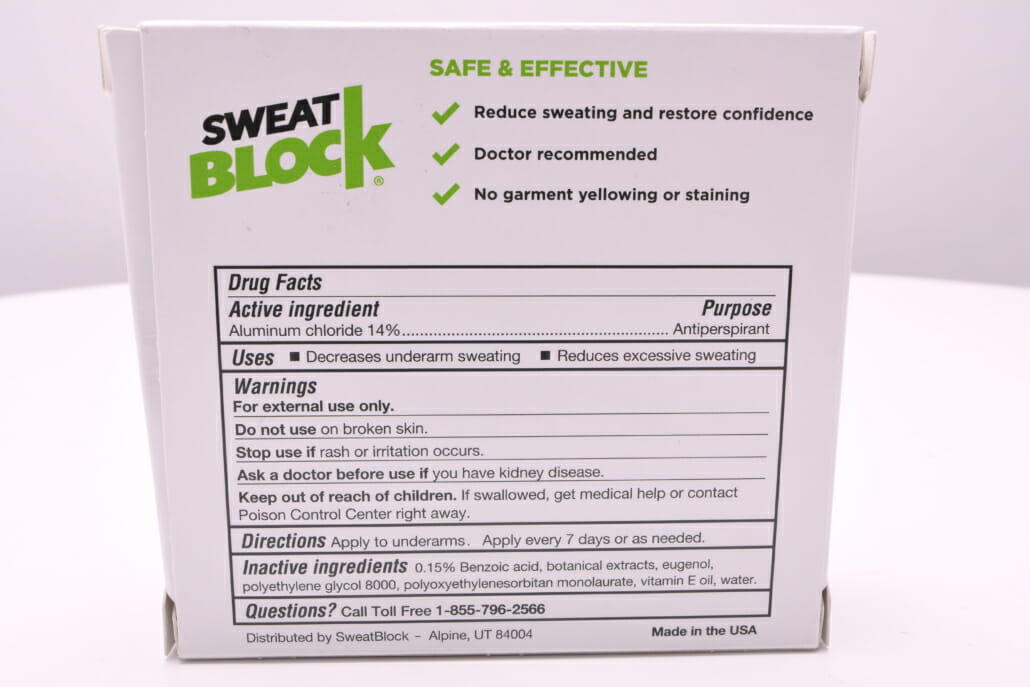
The backside of the box of SweatBlock antiperspirant towelettes, listing their ingredients.
What are these “aluminum-based ingredients?” Here’s a brief list. Note that any given antiperspirant may contain some of these ingredients, but not necessarily all; be sure to read the packaging on your chosen product for more complete information.
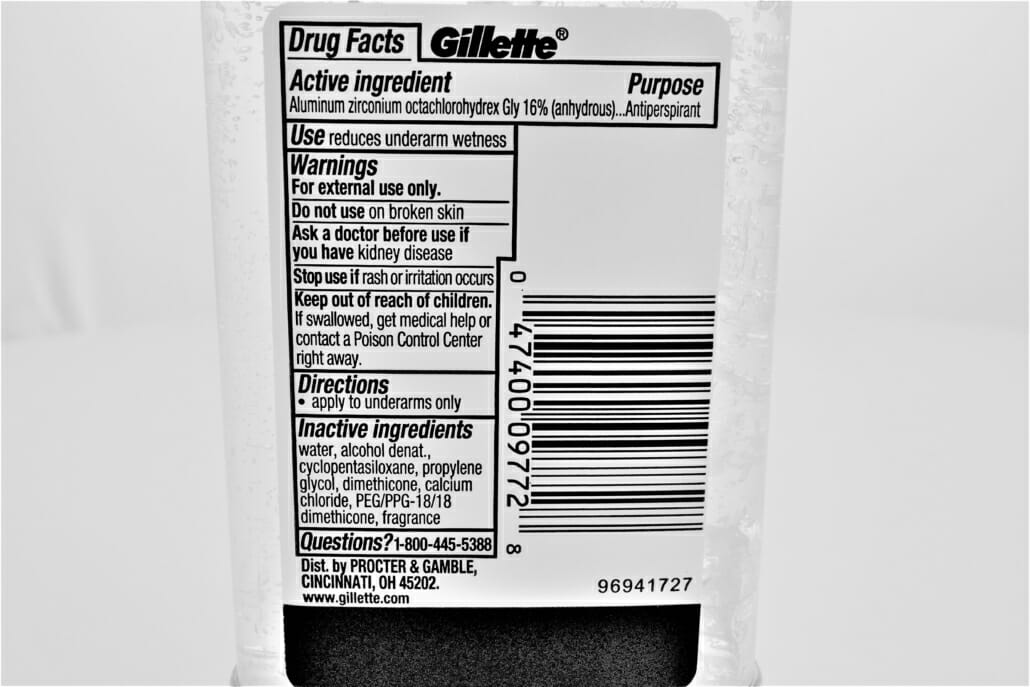
The backside of the gel-style deodorant/antiperspirant from Gillette, listing its ingredients.
Due to the presence of these more volatile ingredients, the US Food and Drug Administration (FDA) classifies antiperspirants as a drug, meaning that they are products designed to serve a medical purpose. Most over-the-counter antiperspirants contain between 10 and 20 percent of their active ingredient; FDA restrictions cap that level to between 15 and 25 percent, depending on the specific type of active ingredient. So-called “clinical strength” formulas stay within over-the-counter guidelines, but aim to provide comparable wetness protection to prescription products. One additional note: yellow underarm stains on undershirts are caused principally by the aluminum compounds in antiperspirants, rather than by the actual perspiration. Non-aluminum deodorants will result in less visible underarm stains over time.
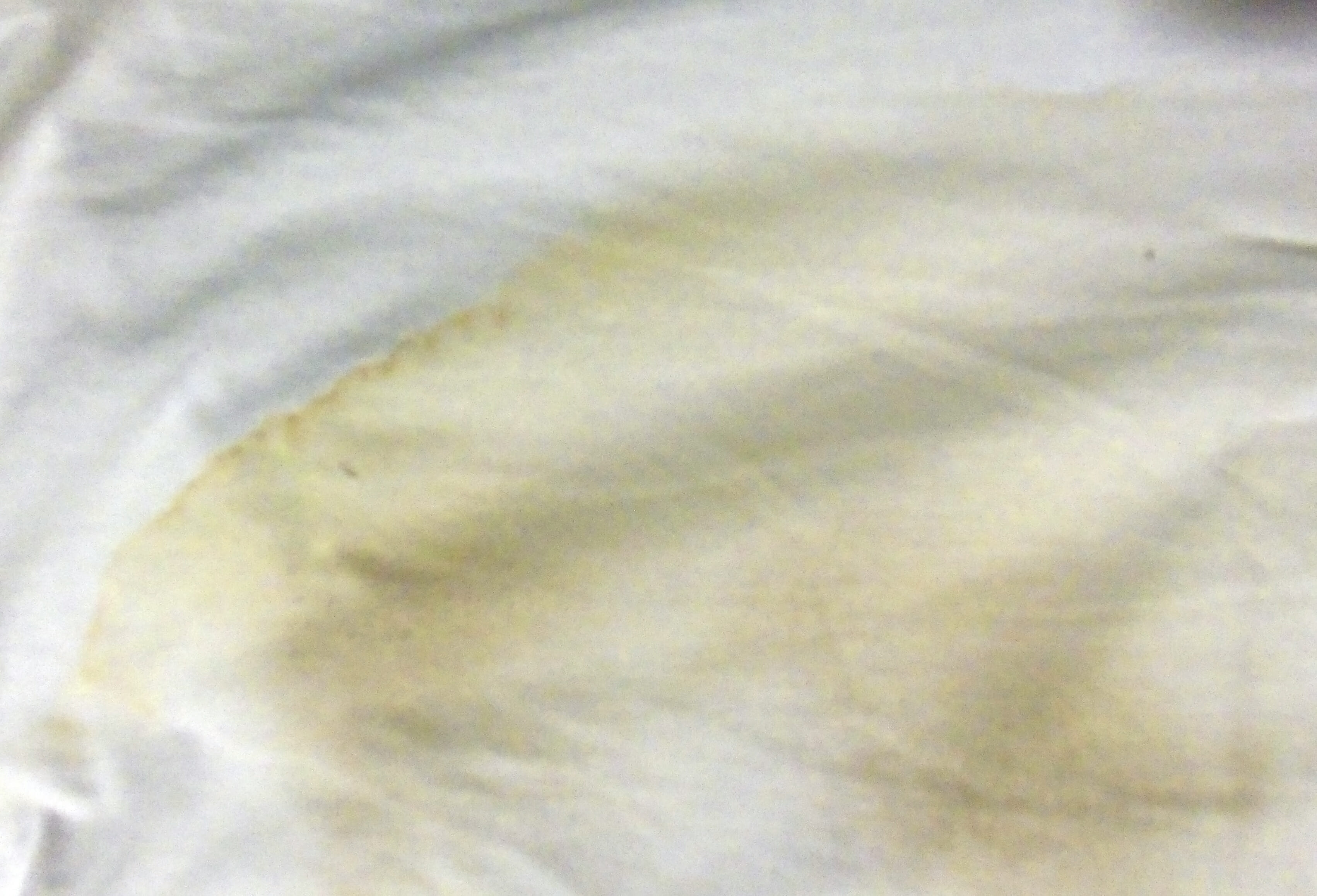
Underarm stains are decidedly not a good look; they can be avoided by using less antiperspirant, which contains aluminum compounds.
In its regulatory guidelines for antiperspirants, the FDA requires that an antiperspirant must cut down on the total amount of sweat by 20% to be considered “all day,” and 30% to be considered “extra strength.” “Clinical strength” and “maximum strength” are unregulated terms, however, and while antiperspirants using these designations may promise to keep you drier than regular antiperspirants, their higher concentrations of active ingredients make them somewhat more likely to cause skin irritation; see “Health Concerns” below.
There are also deodorants that contain some antiperspirant ingredients, which are then also regulated according to FDA antiperspirant standards. Remember to closely observe the label of any product you choose to buy, to determine its primary function, and whether or not you believe it will meet your needs.
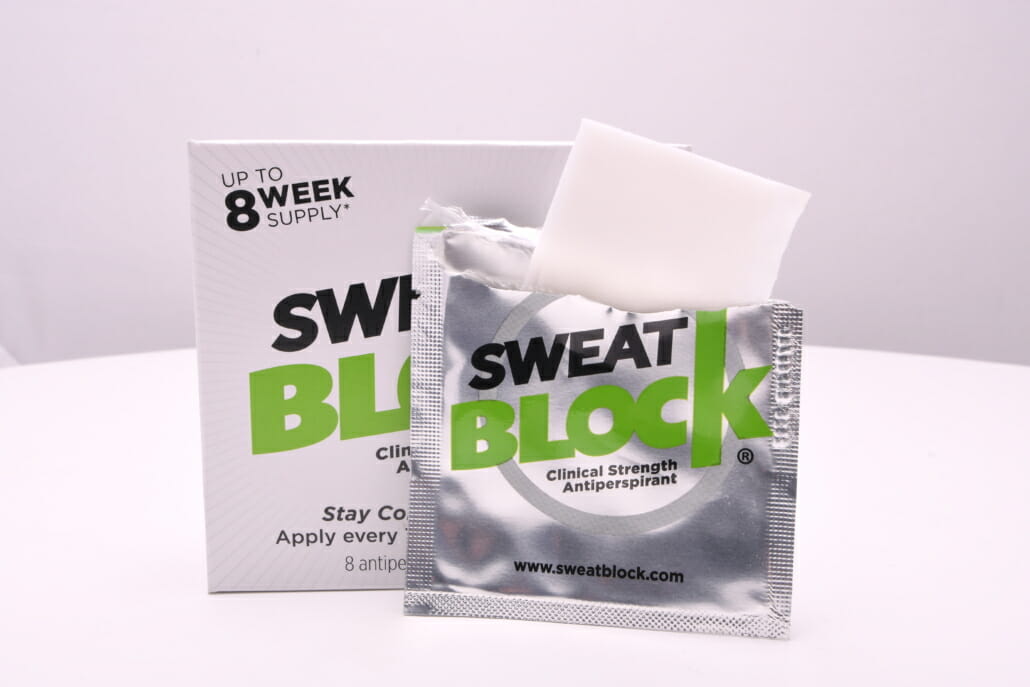
This brand of antiperspirant towelette (now shown open) markets itself as “clinical strength,” an unregulated term.
The primary objective of a deodorant is to neutralize underarm odor. Deodorants are often alcohol-based, and additionally contain emollients (lotions) to soothe skin, as well as various fragrances. Alcohol initially stimulates sweating, but may also temporarily kill bacteria. Other active ingredients in deodorants include sodium compounds like sodium stearate and sodium chloride (salt), and occasionally other antimicrobial chemicals. In the past, deodorants included chemicals such as zinc oxide, ammonium chloride, sodium bicarbonate, and formaldehyde, but these ingredients have been phased out over time due to potential health risks, including cancer; again, see “Health Concerns” below.
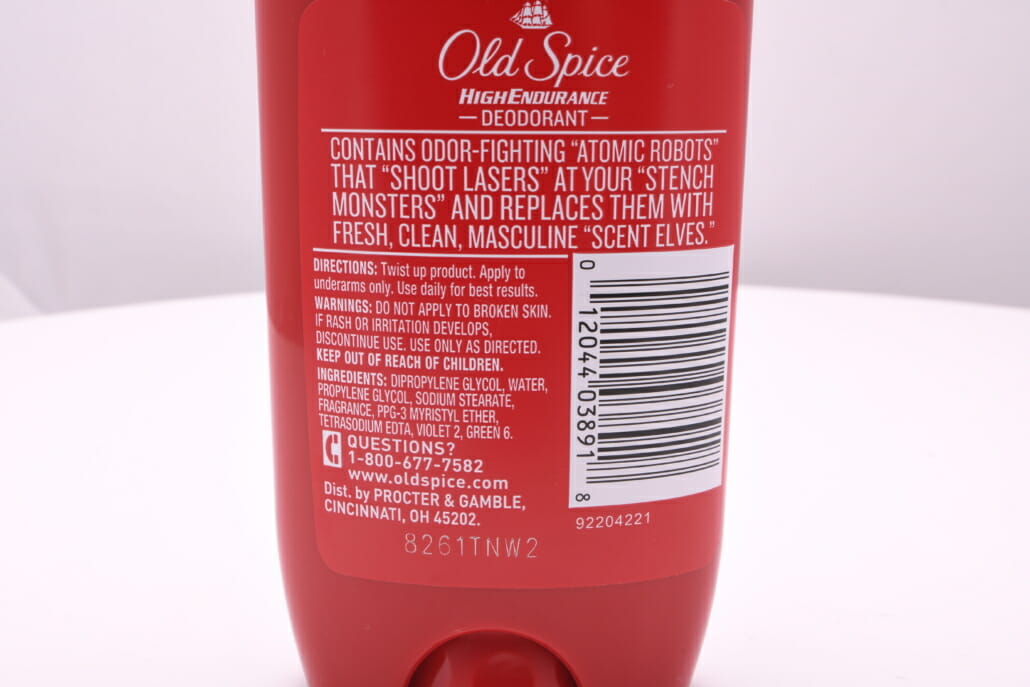
The backside of the Old Spice deodorant, showing its ingredients (as well as a humorous “summary” of its effects).
The FDA classifies deodorant as a cosmetic, meaning that it is “intended to be applied to the human body for cleansing, beautifying, promoting attractiveness, or altering the appearance without affecting the body’s structure or functions.” In other words, deodorants are not meant to treat medical conditions, and in simplest terms, they control odor, not perspiration. Additionally, the active ingredients (as well as most other key structural elements) are mostly the same between men’s and women’s varieties, with only the fragrances being significantly different.
Given their increasing popularity in recent years, you may also see some deodorant products variously marketed as “natural,” “organic,” or “vegan.” (As of the time of this writing, “natural” antiperspirants are not commonly available, with the exception of crystals, which have some antiperspirant qualities). Products listed as “natural” must contain some ingredients derived from nature; that is, not created in a laboratory. “Organic” products contain only ingredients that have been grown without pesticides, synthetic fertilizers, or GMOs. However, these terms remain largely unregulated by the FDA or other agencies, and as such, a product can freely advertise as “natural” even if some of its ingredients are artificially created, and as “organic” as long as none of its ingredients have been treated with the aforementioned substances.

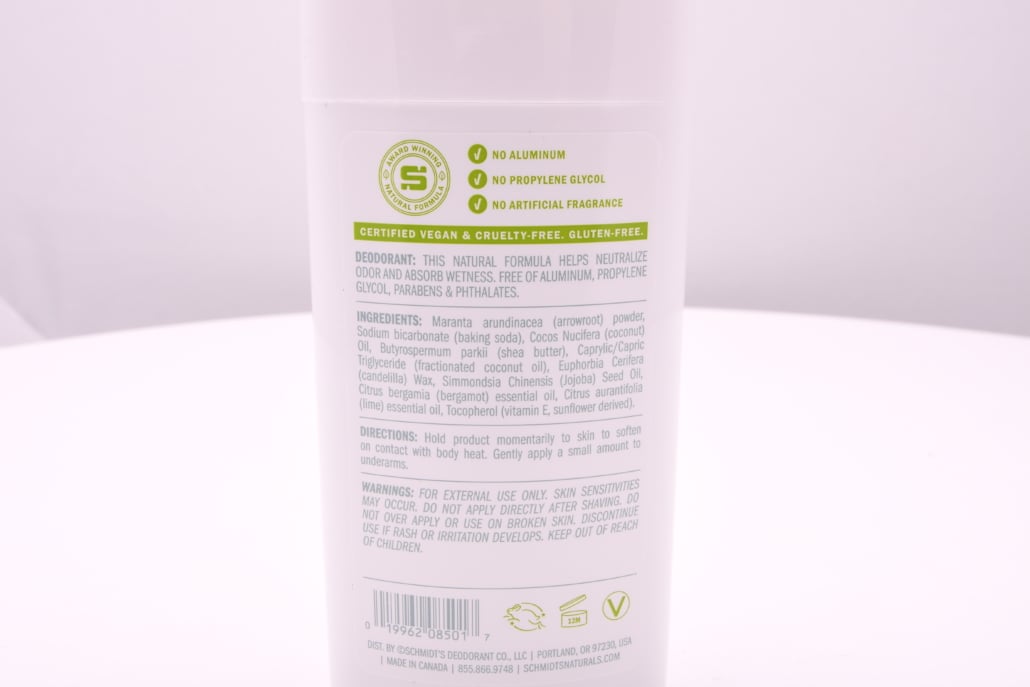
Over-the-counter products labeled as “natural deodorants” or “deodorant crystal” can contain potassium alum, and another popular alternative to modern commercial deodorants is ammonium alum. Both of these products contain aluminum, which can be a skin irritant for some people. Finally, “vegan” products don’t contain any ingredients derived from an animal, such as flesh, bone, milk, scales, or beeswax. While this term (as well as the related designation “cruelty-free”) is monitored to a greater degree, said monitoring is done by independent organizations rather than government agencies.
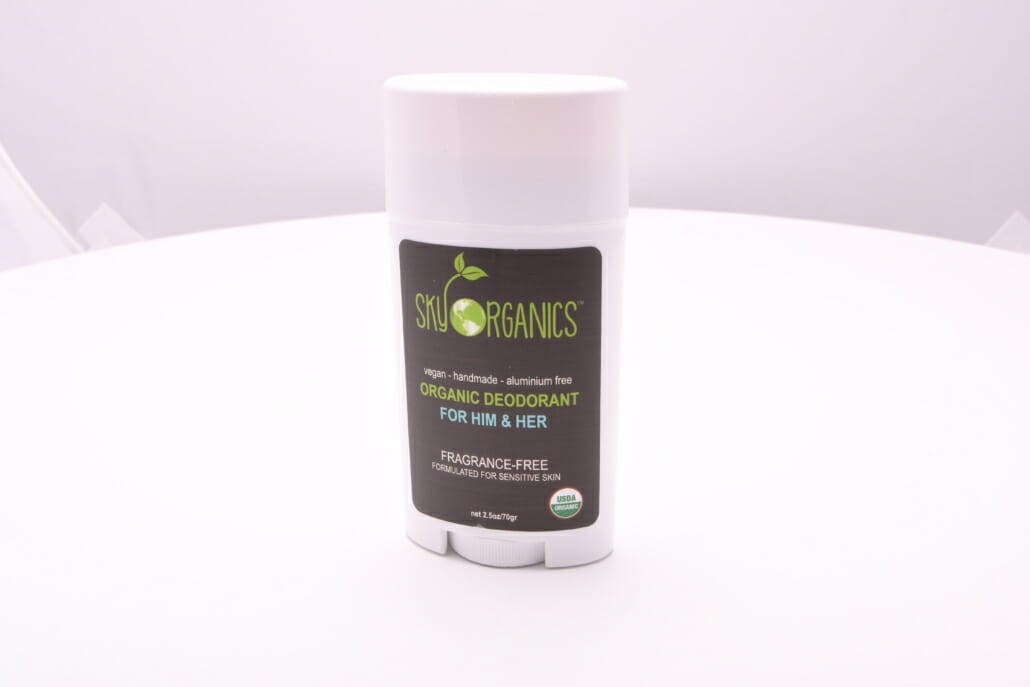


Regarding the effectiveness of “natural” deodorants, your mileage may vary. Experiment with these products if you wish to avoid lab-created materials, but be aware that the claims of their manufacturers are less well-regulated. One natural deodorant brand you may consider trying is Schmidt’s; their “Bergamot + Lime” variety is the regular deodorant of Sven Raphael Schneider.
Alternatively, if you’re so inclined, you can experiment with homemade alternatives. Various botanical oils and extracts, such as thyme, rosemary, and lavender, have been proven to have antimicrobial effects and can be combined with solids like beeswax, cocoa butter, or shea butter with oils including thyme, rosemary, or lavender. Baking soda is also a common ingredient in homemade deodorant. Keep in mind, however, that anything made in the home will be much less specifically formulated than a mass-market consumer product.
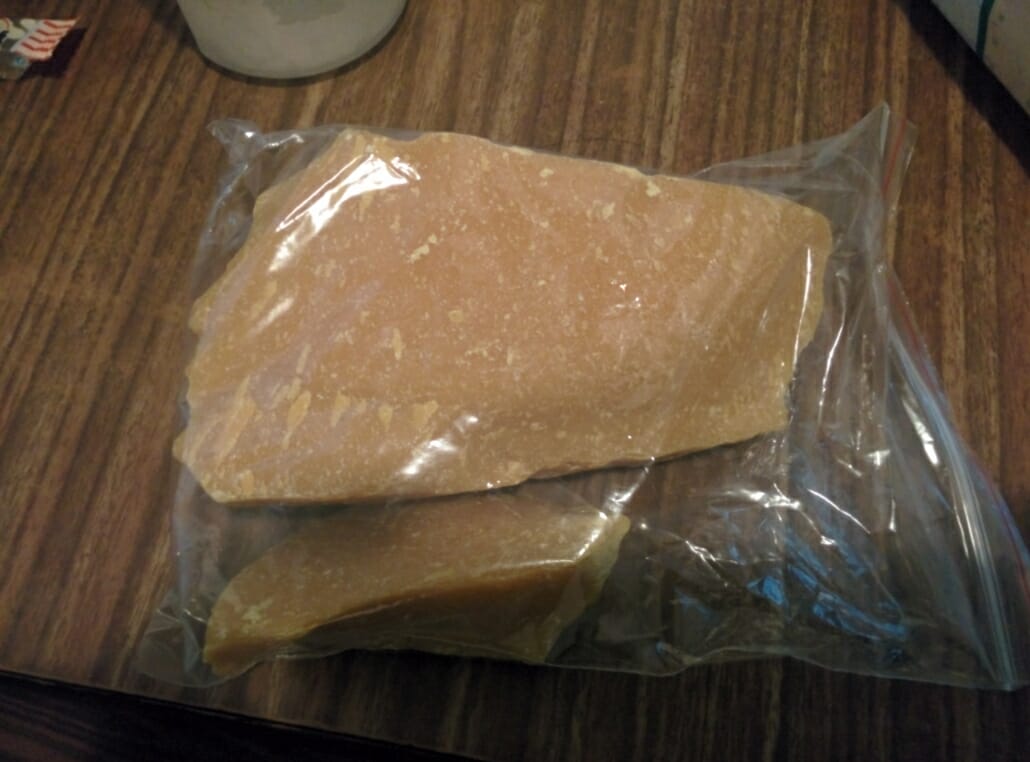
Beeswax can be used as a primary ingredient in natural deodorants made at home.
It is important to note the distinction between “unscented” and “fragrance-free”; unscented products contain fragrance additives to mask the chemical smell of other ingredients, and will therefore carry the smell of these additives. Meanwhile, fragrance-free products do not contain additives and are mostly free of any primary odor. A potential downside to scented antiperspirants (as well as deodorants) is that their scents can easily clash with cologne or aftershave; as such, if you’re a man who prefers to make a statement with these products, be mindful of whether your deodorant or antiperspirant also carries a scent.

A combination deodorant/antiperspirant from Arm & Hammer, marketed as “unscented.”
Over the years, there have been many rumors about health risks associated with antiperspirant and deodorant, including that they cause breast cancer and Alzheimer’s disease. Many of these concerns have been connected to the presence of aluminum in antiperspirant. Research has not determined any clear linkage, however. The myth that breast cancer (which also occurs in men, though more rarely than in women) is believed to be linked with deodorant use has been widely circulated, and appears to originate from a spam email sent in 1999; however, researchers at the National Cancer Institute and the FDA have determined that there is no evidence to conclude that these products cause breast cancer.
One ingredient type in some deodorant products which has given cause for concern is the group of preservatives known as parabens. According to the American Cancer Society, however, studies have not shown any direct link between parabens and any health problems, including breast cancer. Scientists have also not found compelling evidence to associate antiperspirant or deodorant with Alzheimer’s disease. However, research in these areas is ongoing, so some consumers may still wish to be cautious.

Headquarters of the U.S. Food and Drug Administration, or FDA.
As mentioned above, the aluminum in antiperspirants and the alcohol and fragrances in deodorants can act as irritants to some people. Especially if you shave your underarms, this area of the skin can be particularly sensitive. If you suffer from especially dry or sensitive skin, read the list of ingredients in your chosen product carefully. If antiperspirants have given you a rash in the past, avoid applying them right after showering or shaving; that’s when they’re most likely to irritate skin. The primary active ingredient may also be the key; some people react badly to antiperspirants with aluminum chloride, others to aluminum zirconium trichlorohydrex glycine, and still others have had adverse reactions to “natural” products. The method of application can also contribute to irritation.
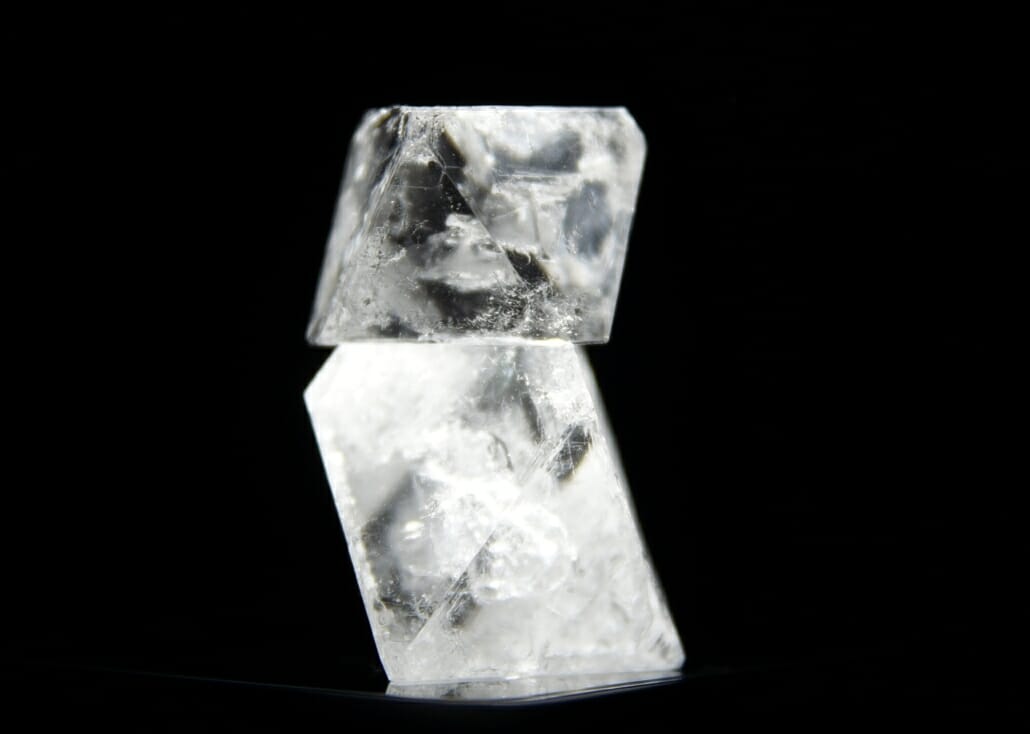
Crystalline alum, one of the key aluminum-based ingredients in antiperspirants.
You may occasionally hear that the body builds up a resistance to antiperspirants over time, though scientific evidence for this is minimal and inconclusive. It is possible, however, that some bodies may develop compensatory hyperhidrosis due to blocked sweat glands; this has been observed in individuals who have undergone surgical procedures to stop sweating in the arms and hands, who would experience increased sweating at other locations, such as the feet, groin or trunk, following surgery.
Deodorants without antiperspirant capabilities can be applied at any time throughout the day; morning is the most common time for a great many people, though occasional reapplication following strenuous activity at other times can also occur. While no health risks have conclusively been linked to any of the active ingredients in standard deodorants, frequent application (more than two times in one day) may be excessive.
Antiperspirants work best when applied to clean skin that isn’t already sweating. As such, many men find the most success with antiperspirants if they are applied at bedtime, since the sweat glands are least active during sleep, and the product will be able to block the pores with maximum efficiency. Some men may reapply in the morning for additional coverage, while others will apply deodorant at that time. It’s recommended that over-the-counter antiperspirants marketed for underarms only be used on that area of the body, whereas medically prescribed antiperspirant solutions may be applied elsewhere, in accordance with the individual prescription.

As with any other medical concern you may have, the best course of action regarding questions about deodorants and antiperspirants is to consult your doctor.
If you have concerns regarding any of the information we’ve outlined here in relation to the deodorant or antiperspirant you use, please consult your doctor.
Deodorants and antiperspirants are two closely related products that have revolutionized the world’s approach to hygiene over the last two centuries. While the needs of each individual man may vary in terms of which product will be best for him, knowing the ins and outs of each will leave him better equipped to stay fresh, dry, and confident. Still, a little sweat never hurt anybody–as Thomas Edison once said, “Genius is one percent inspiration and 99 percent perspiration.”
Labels: Gentleman's Gazette